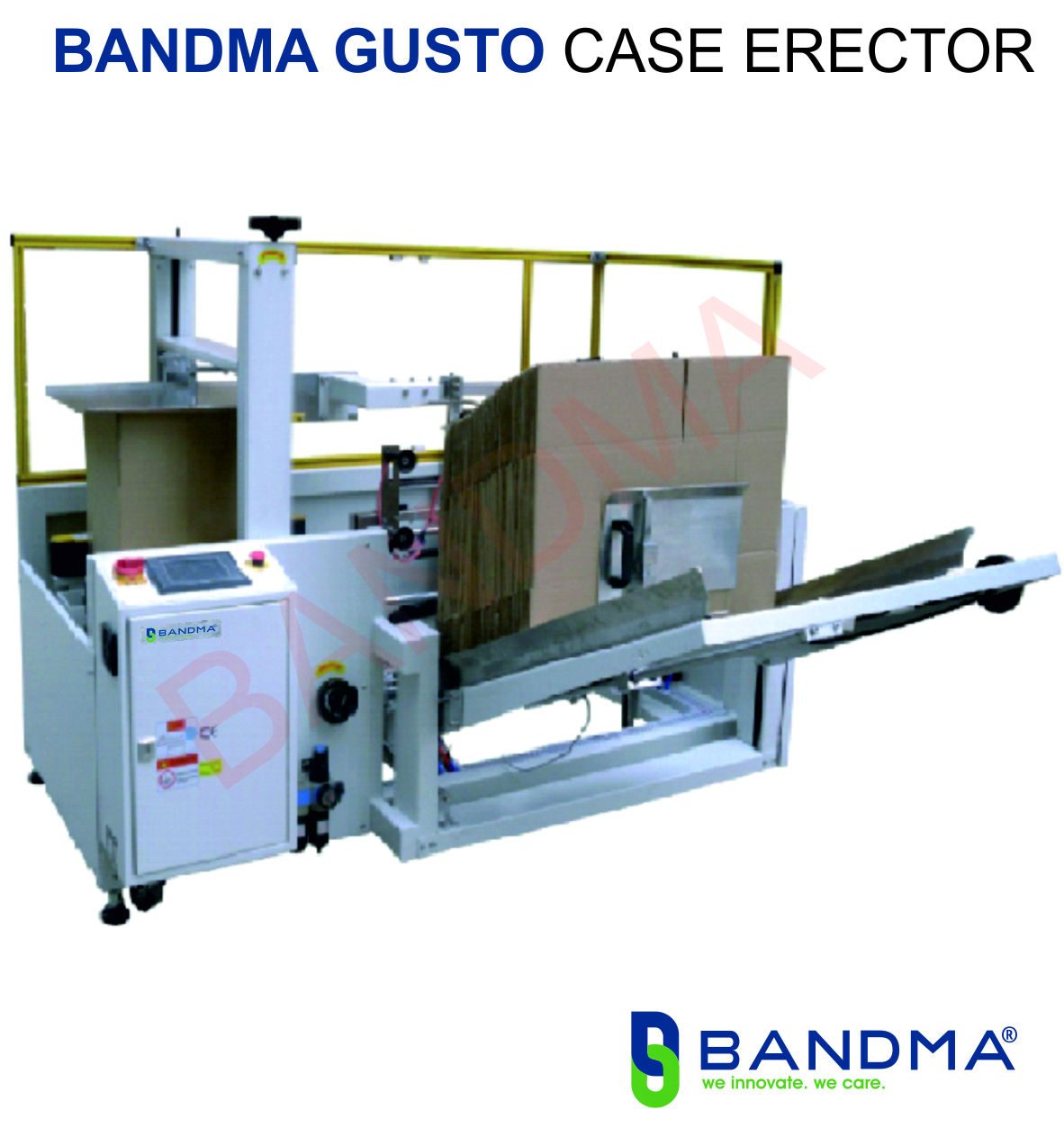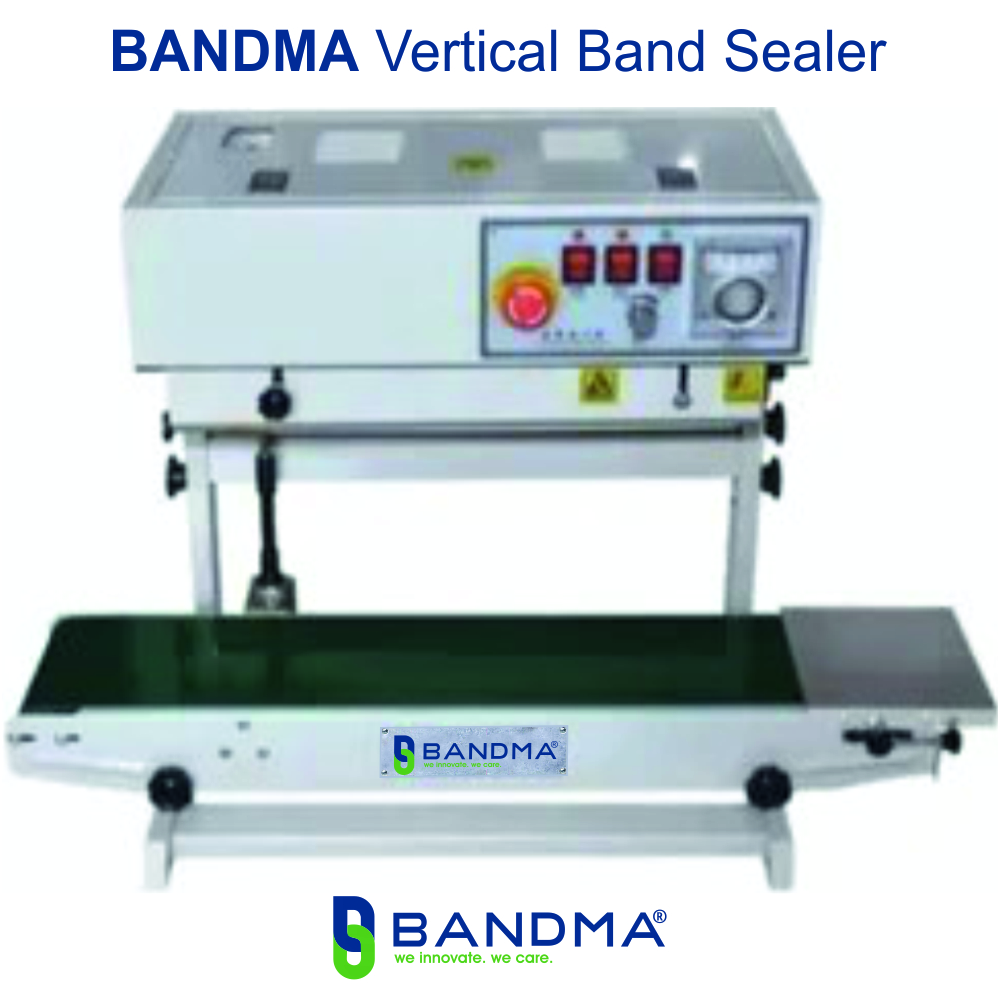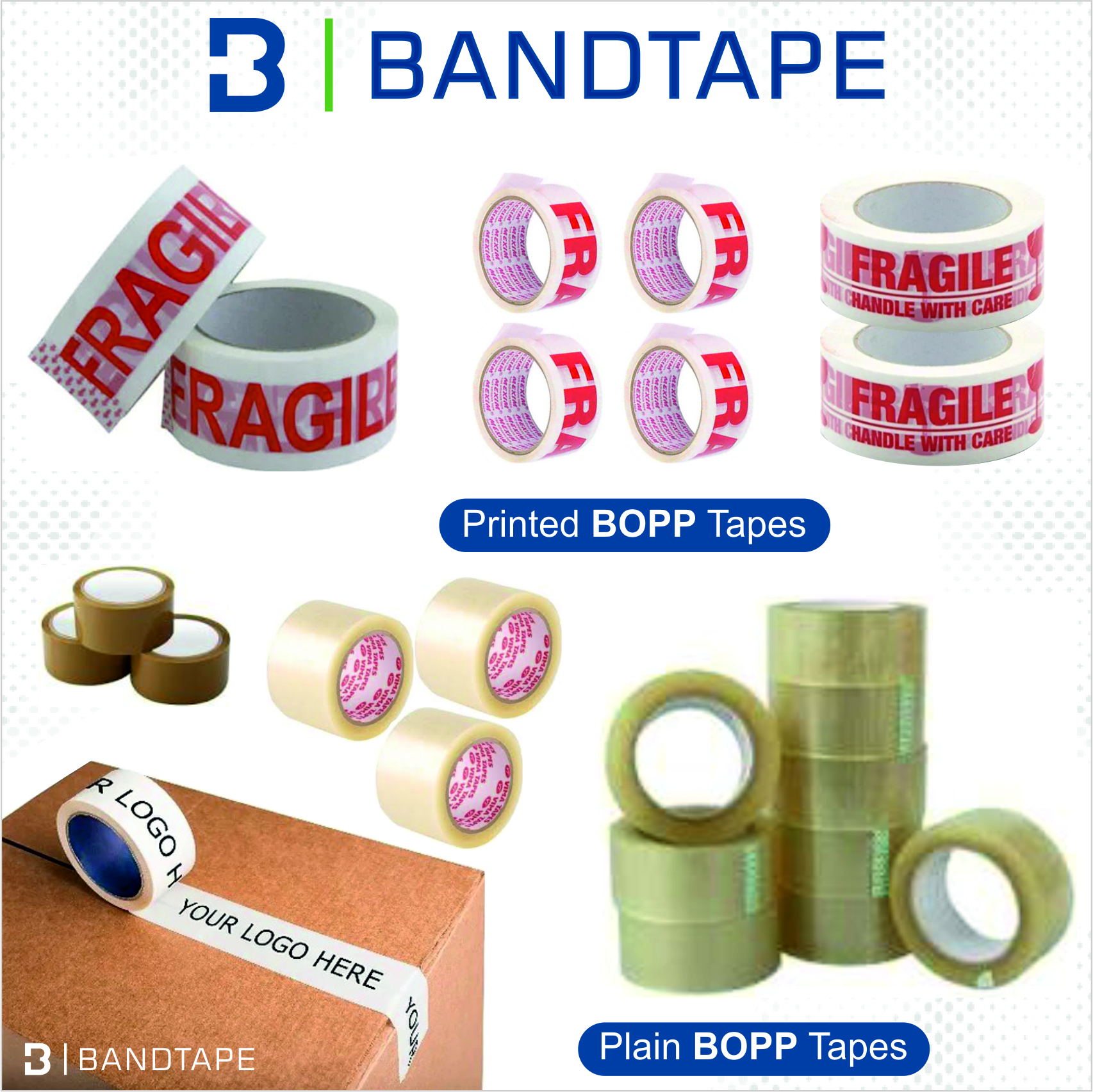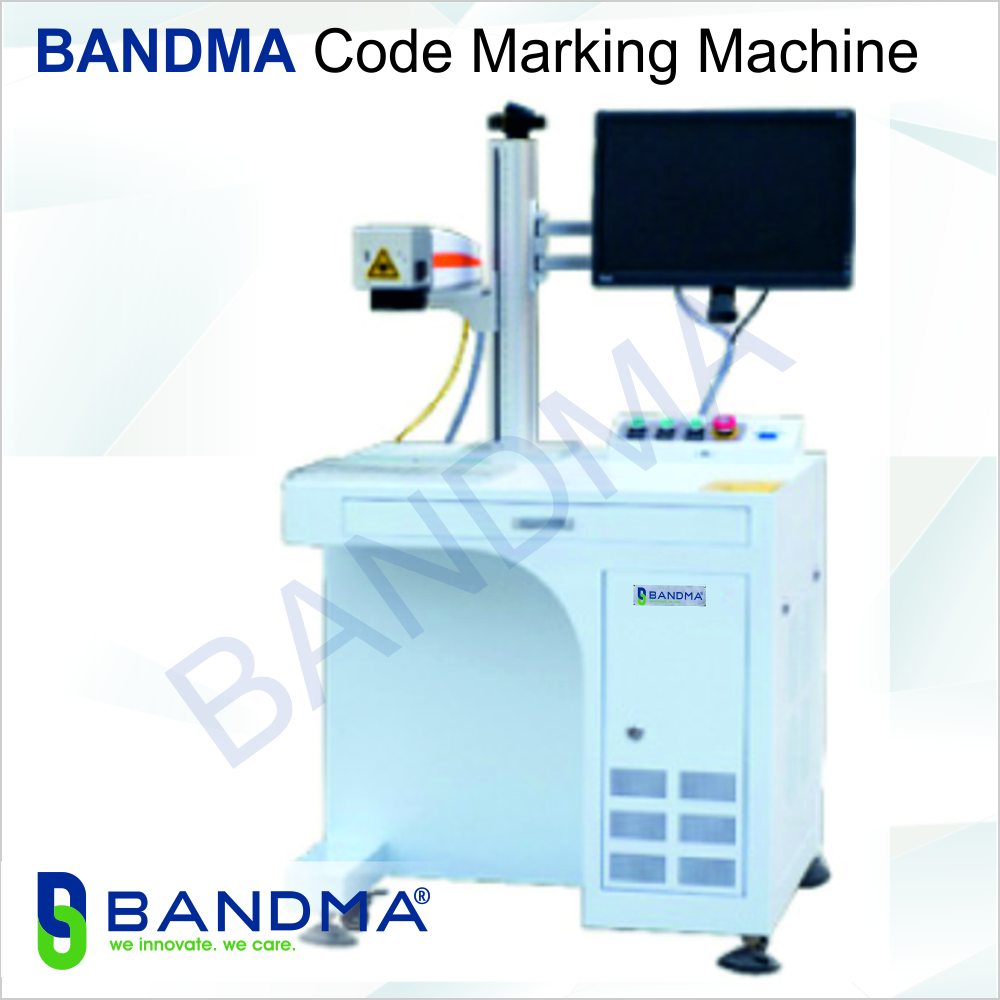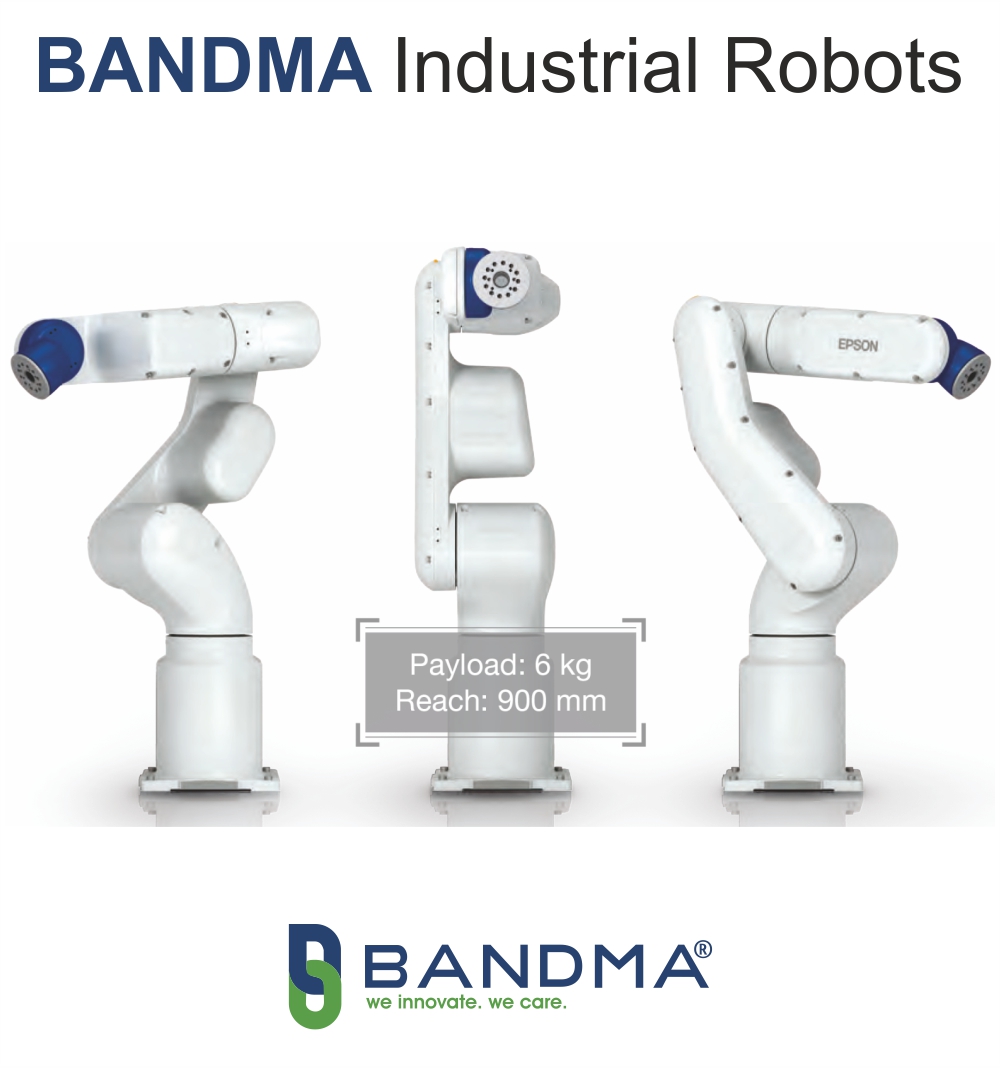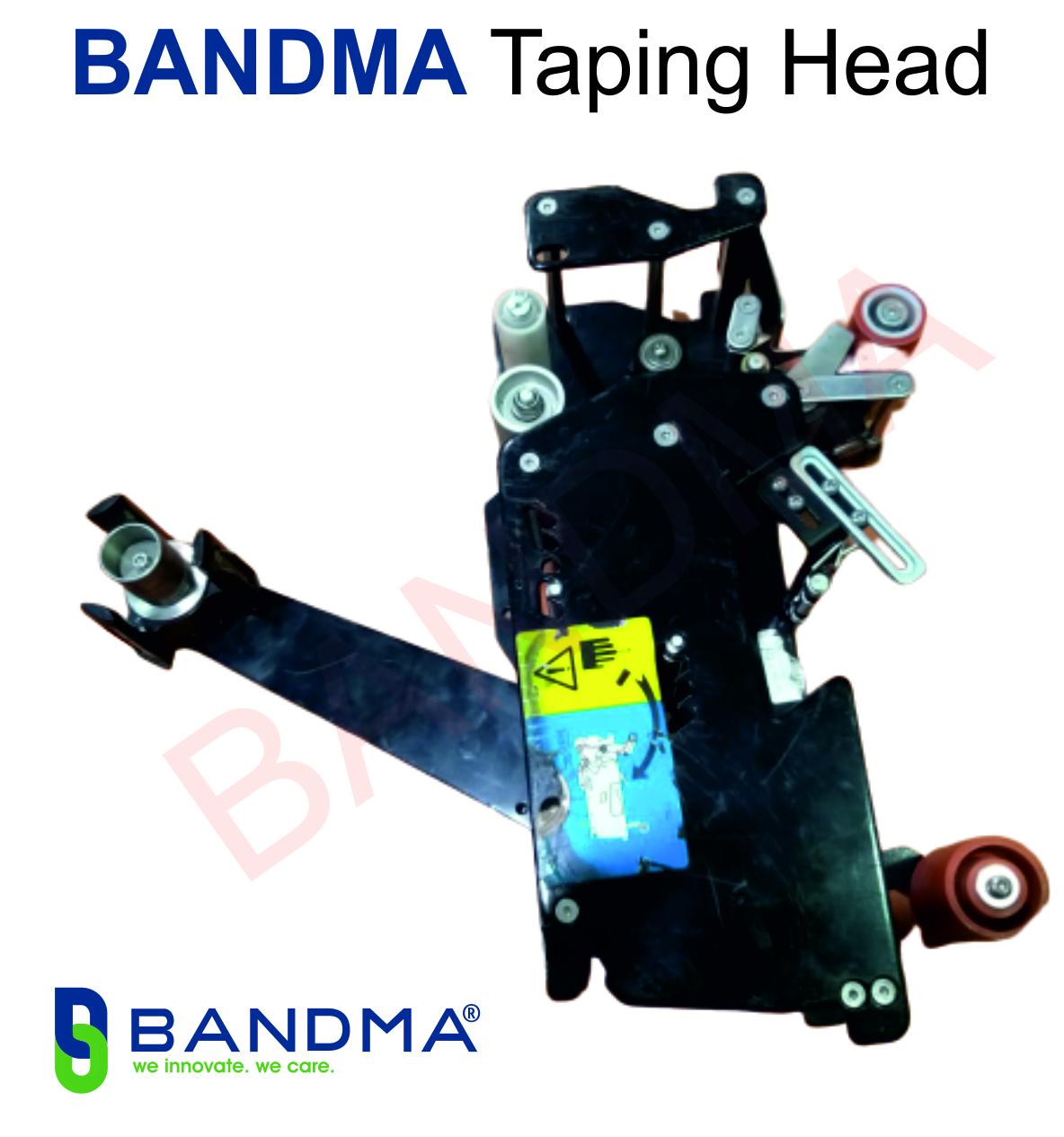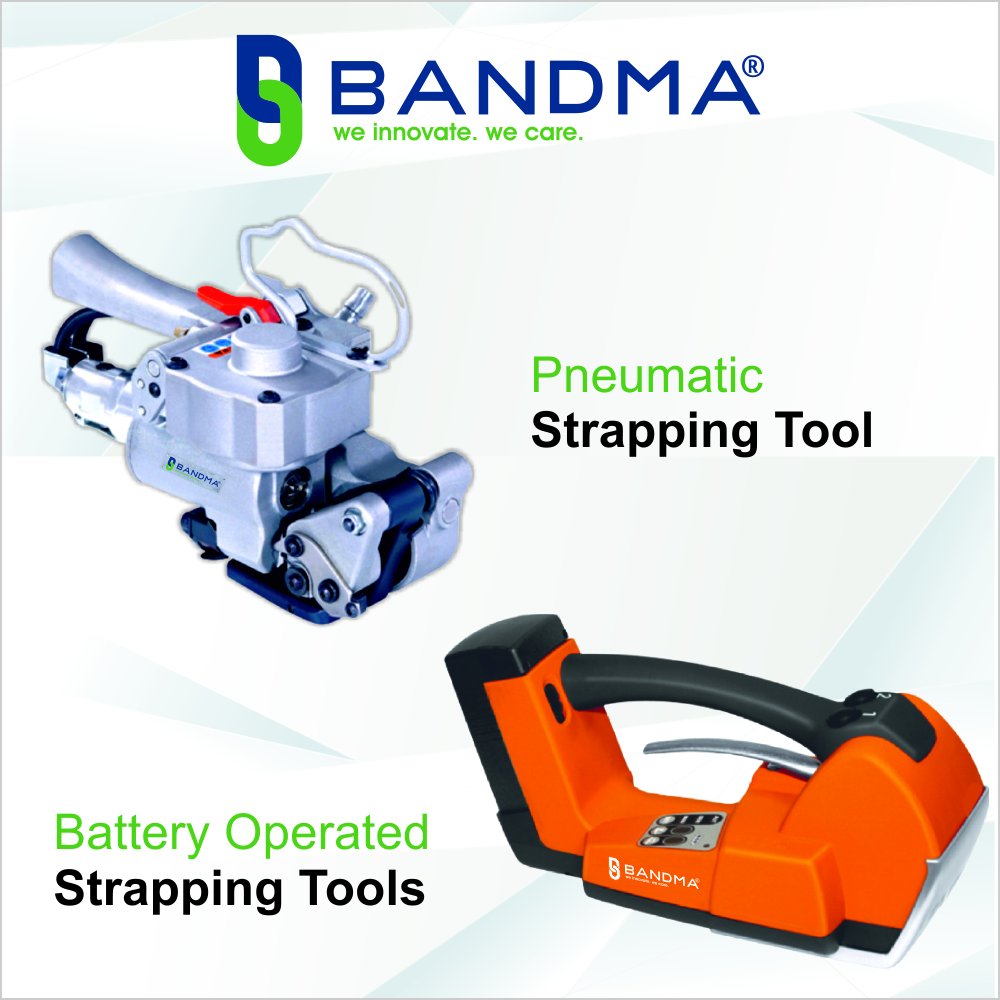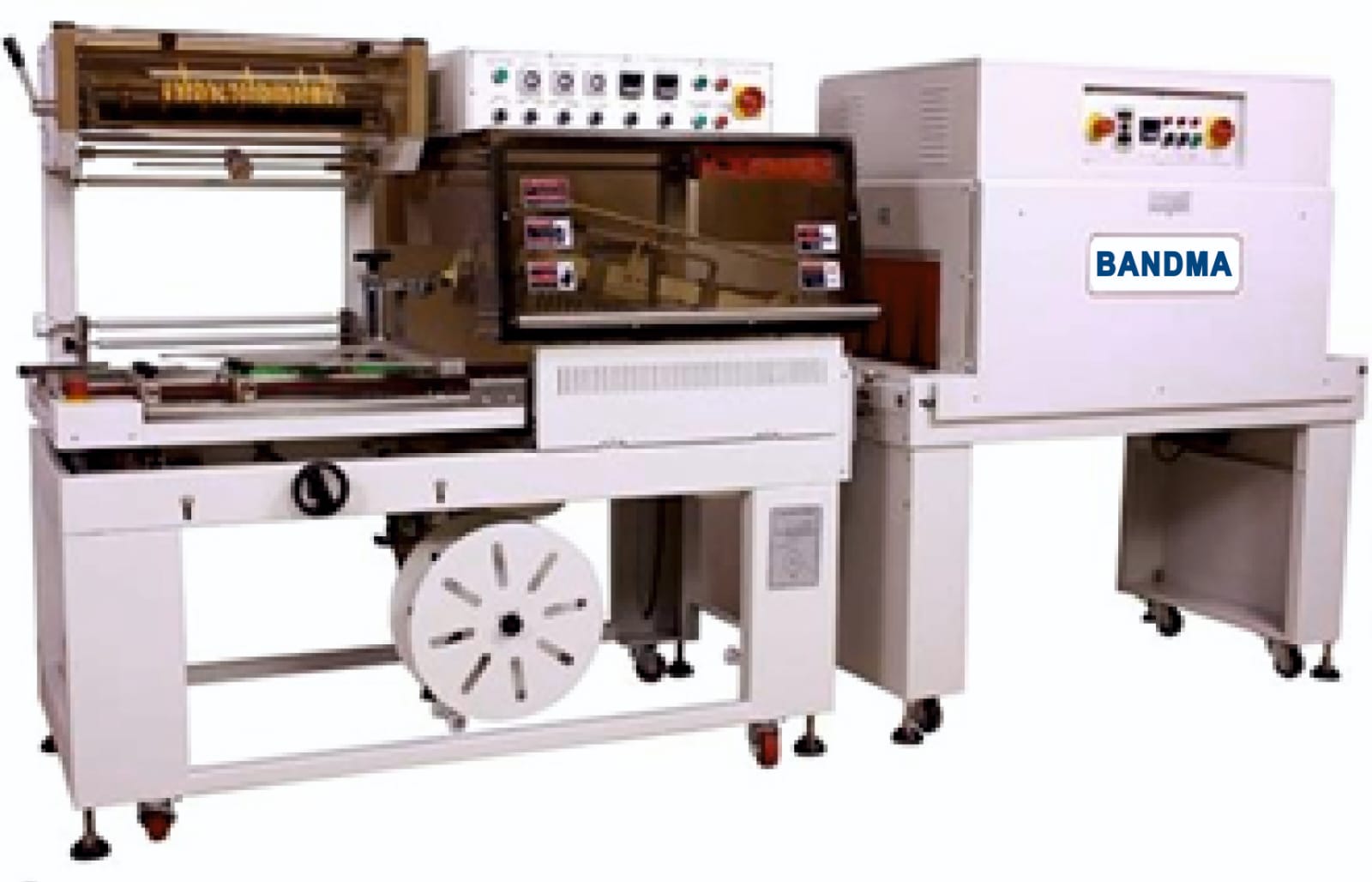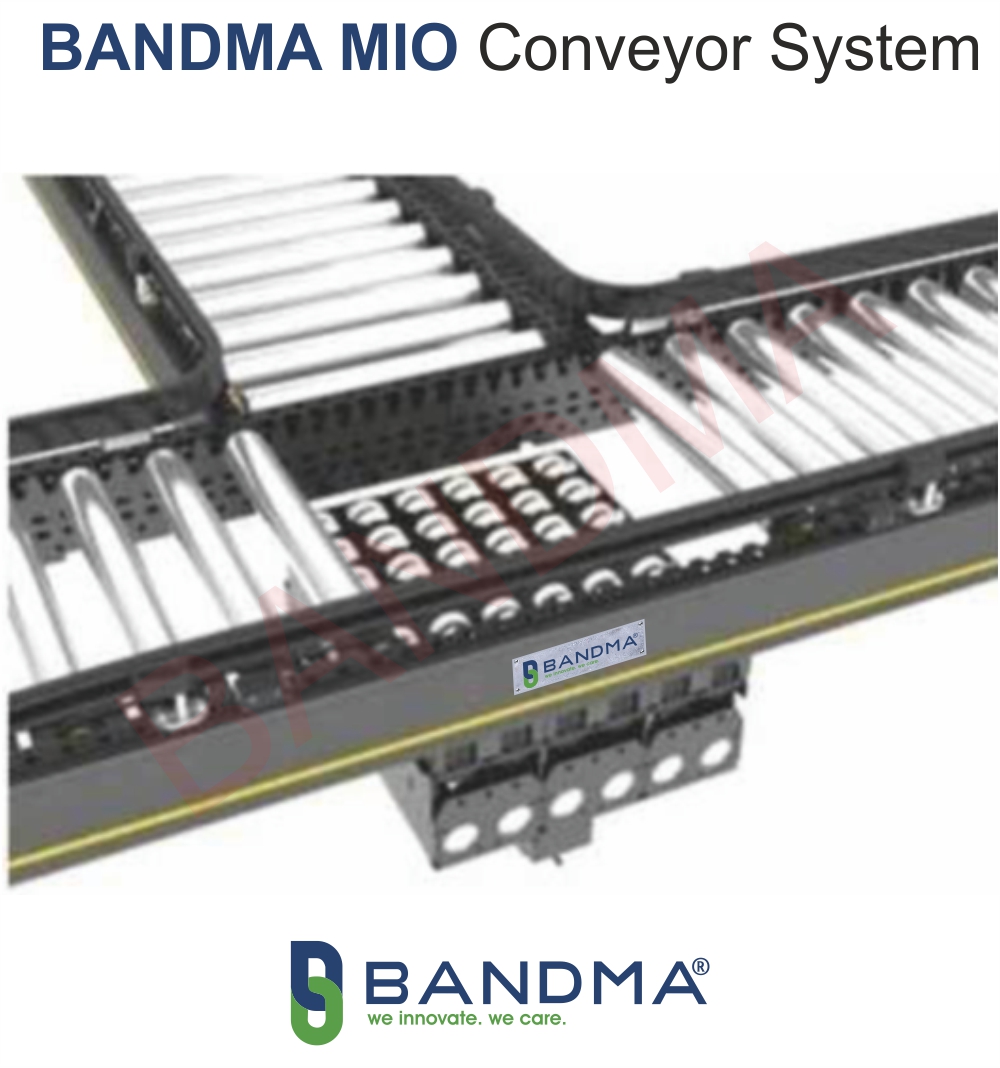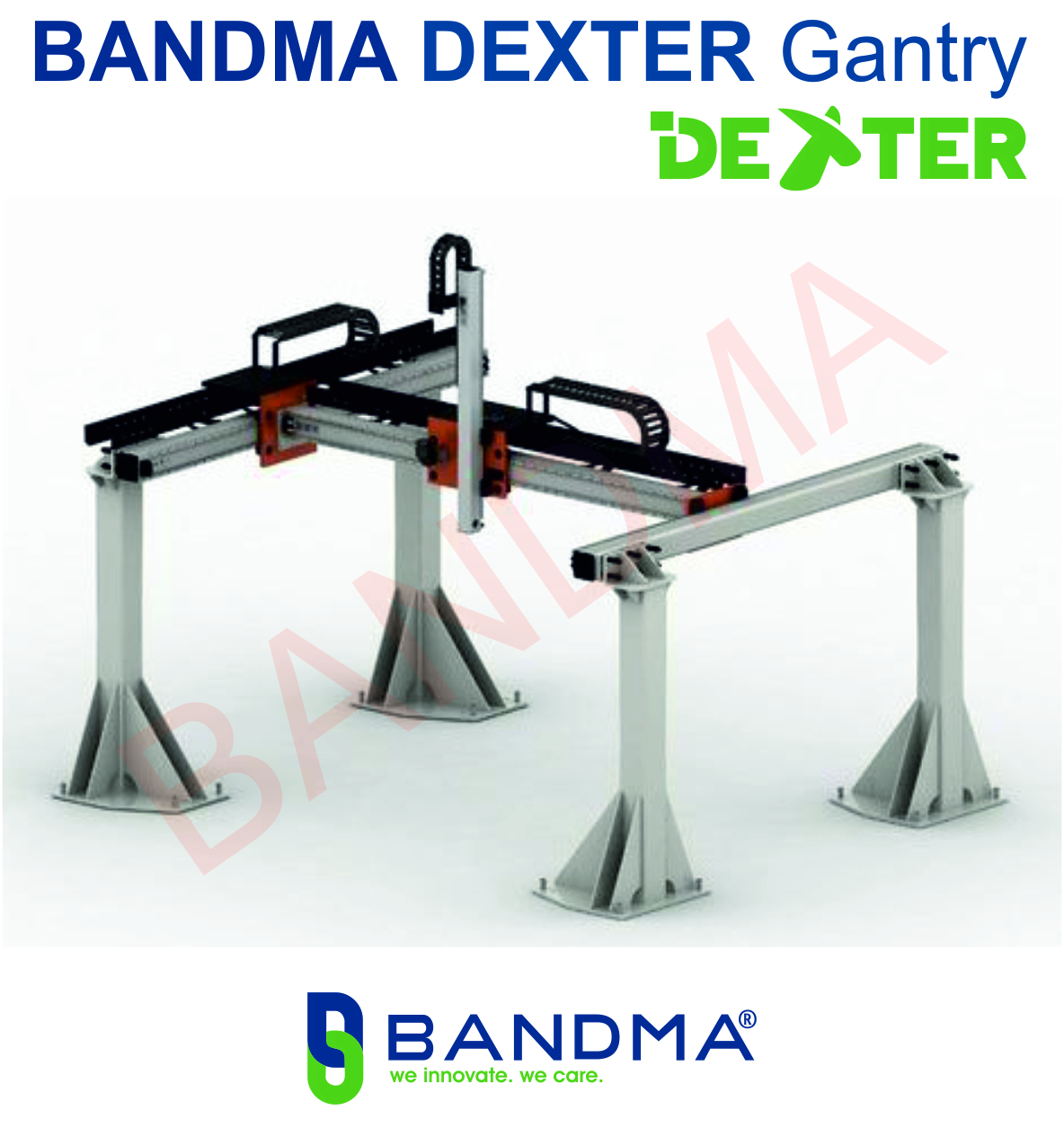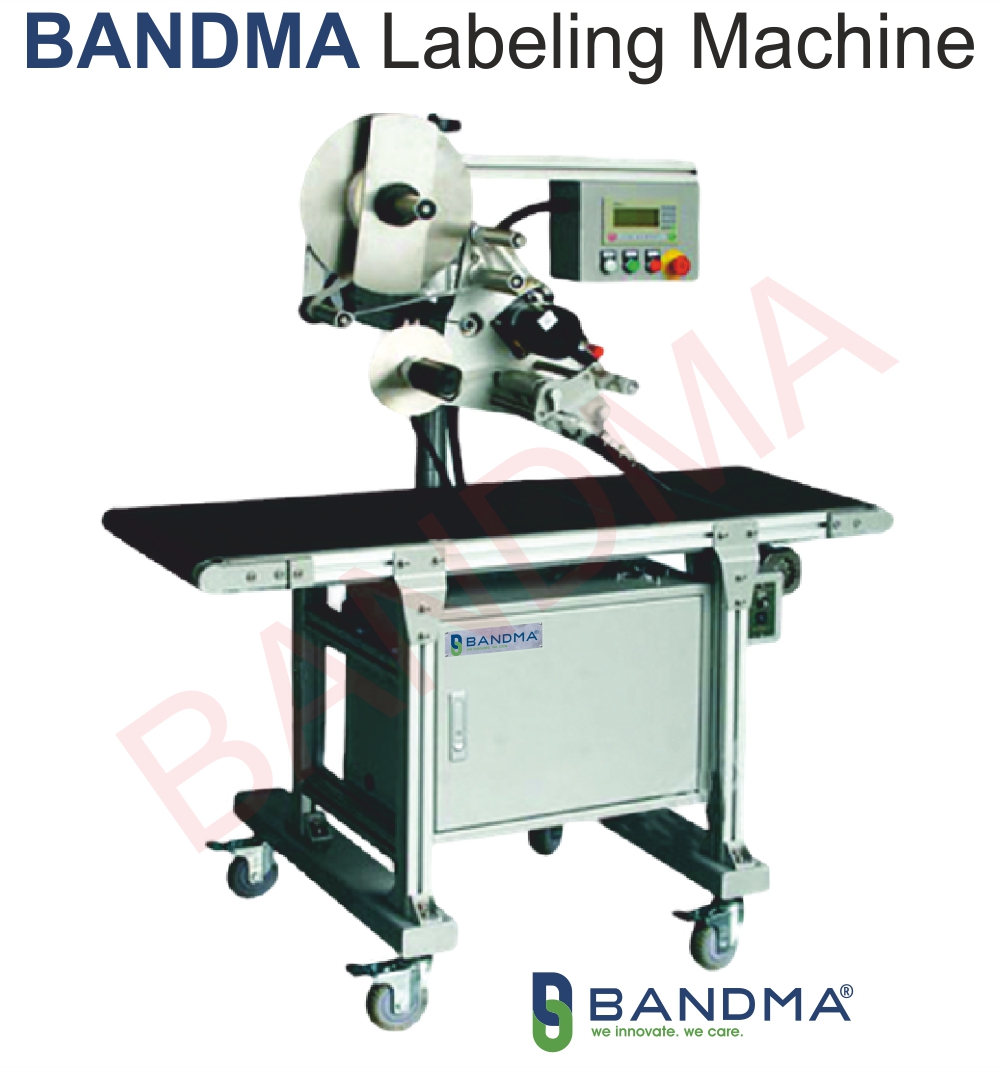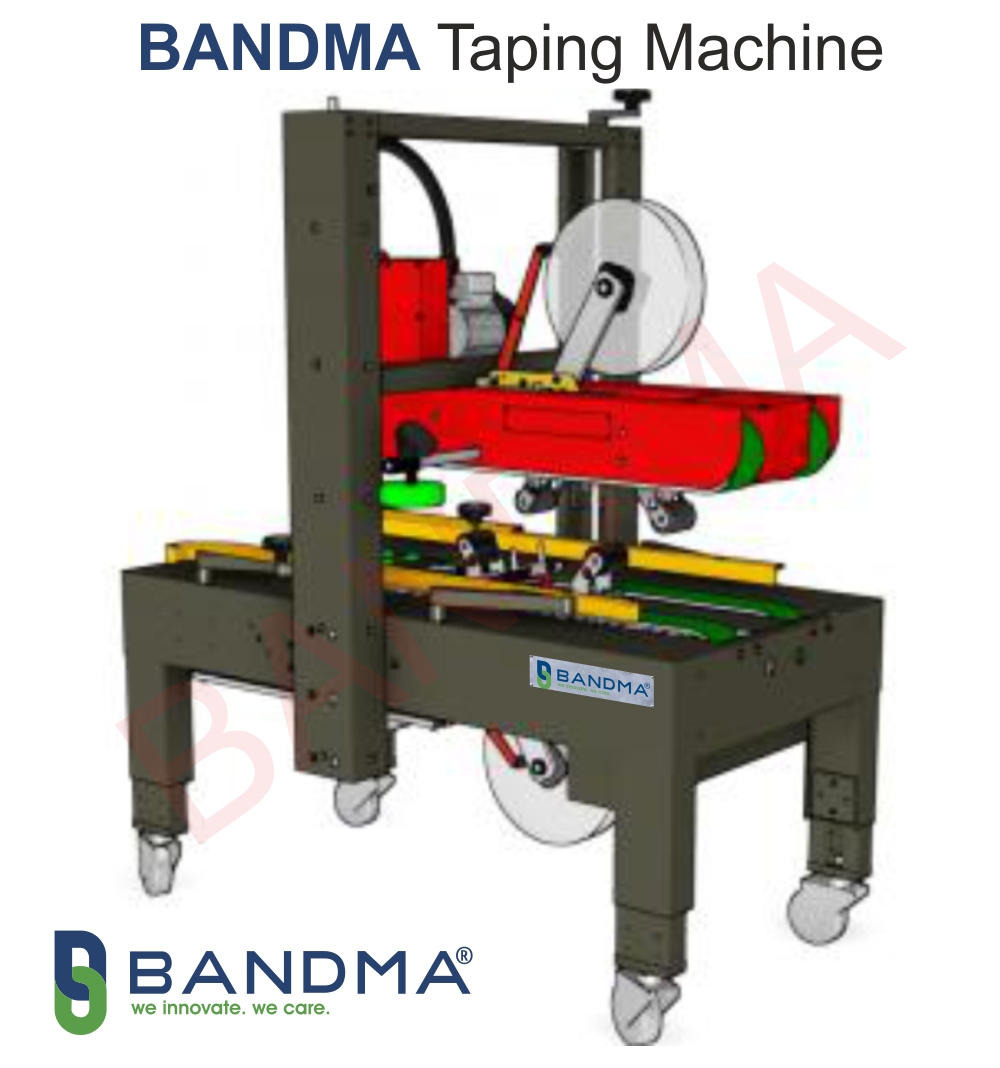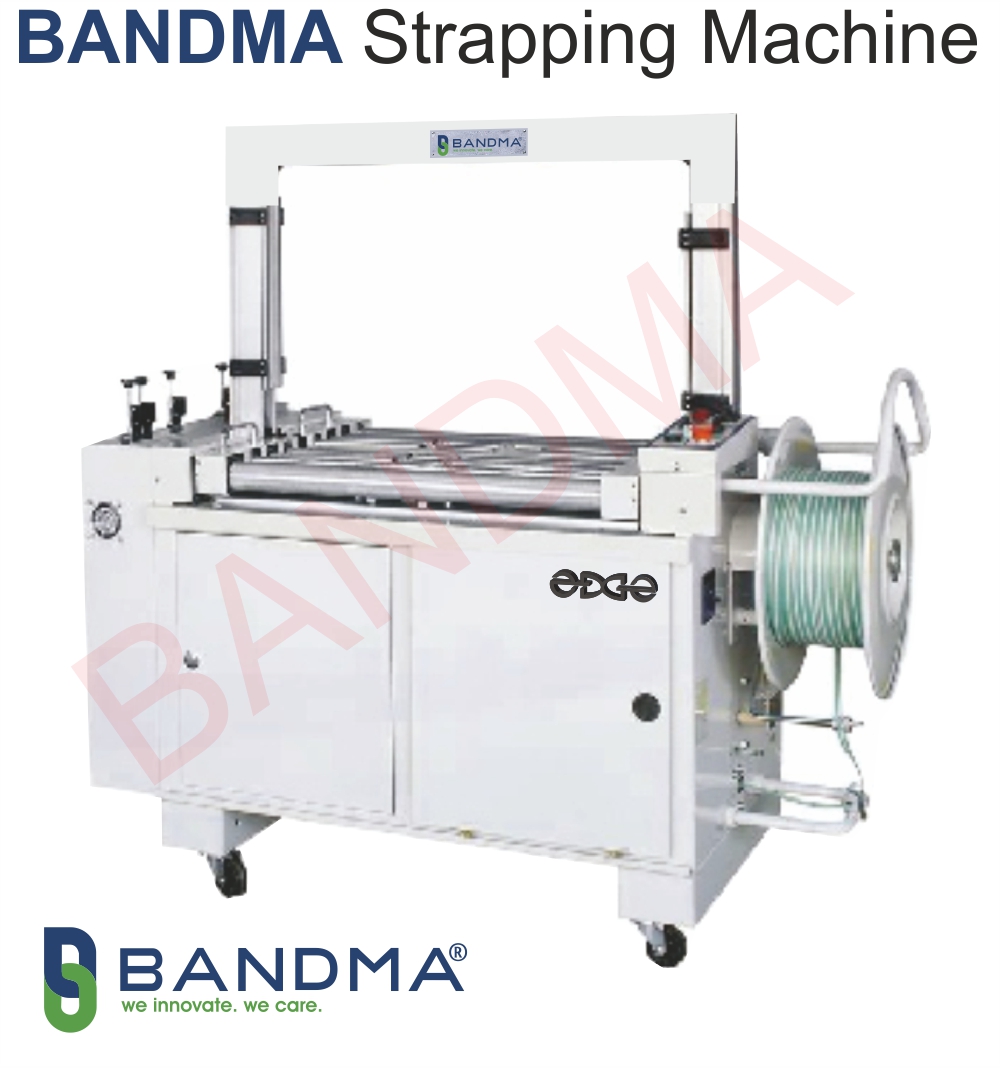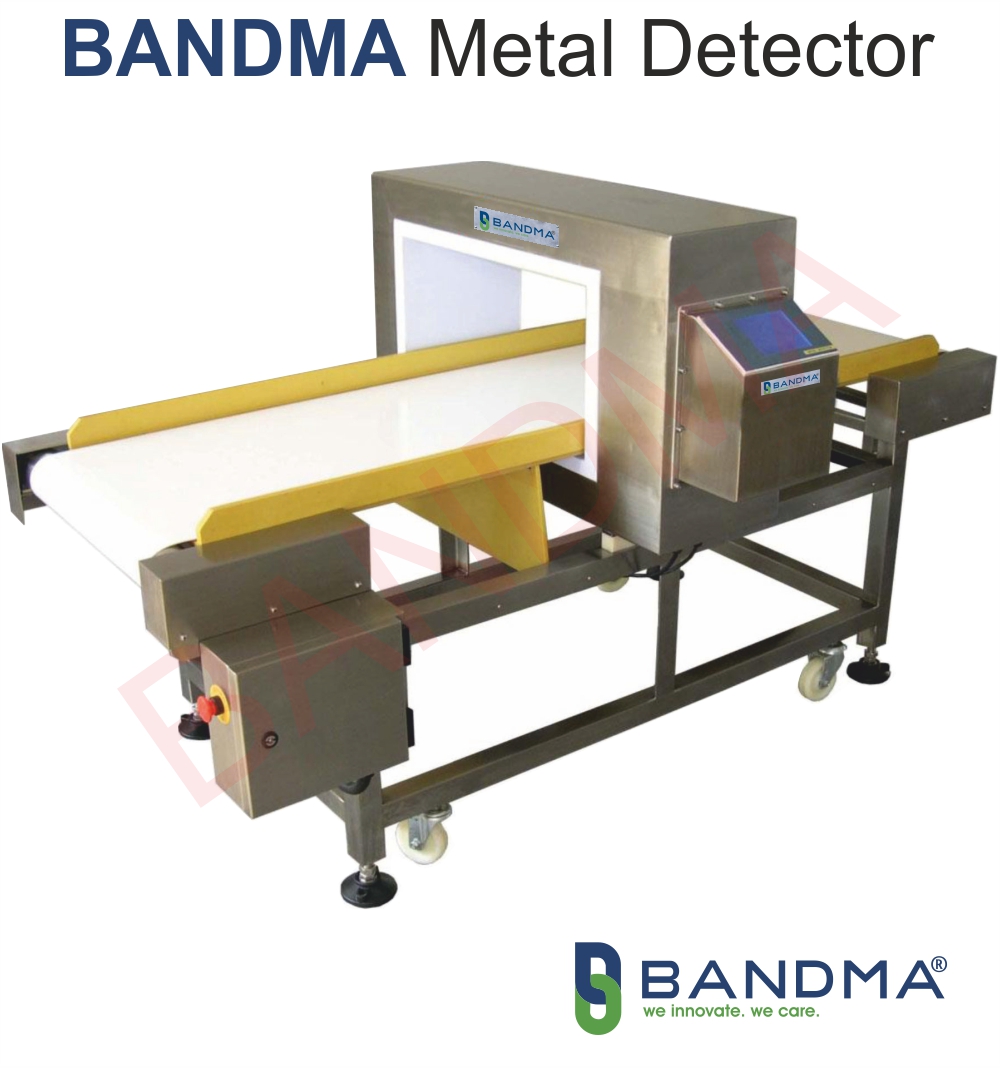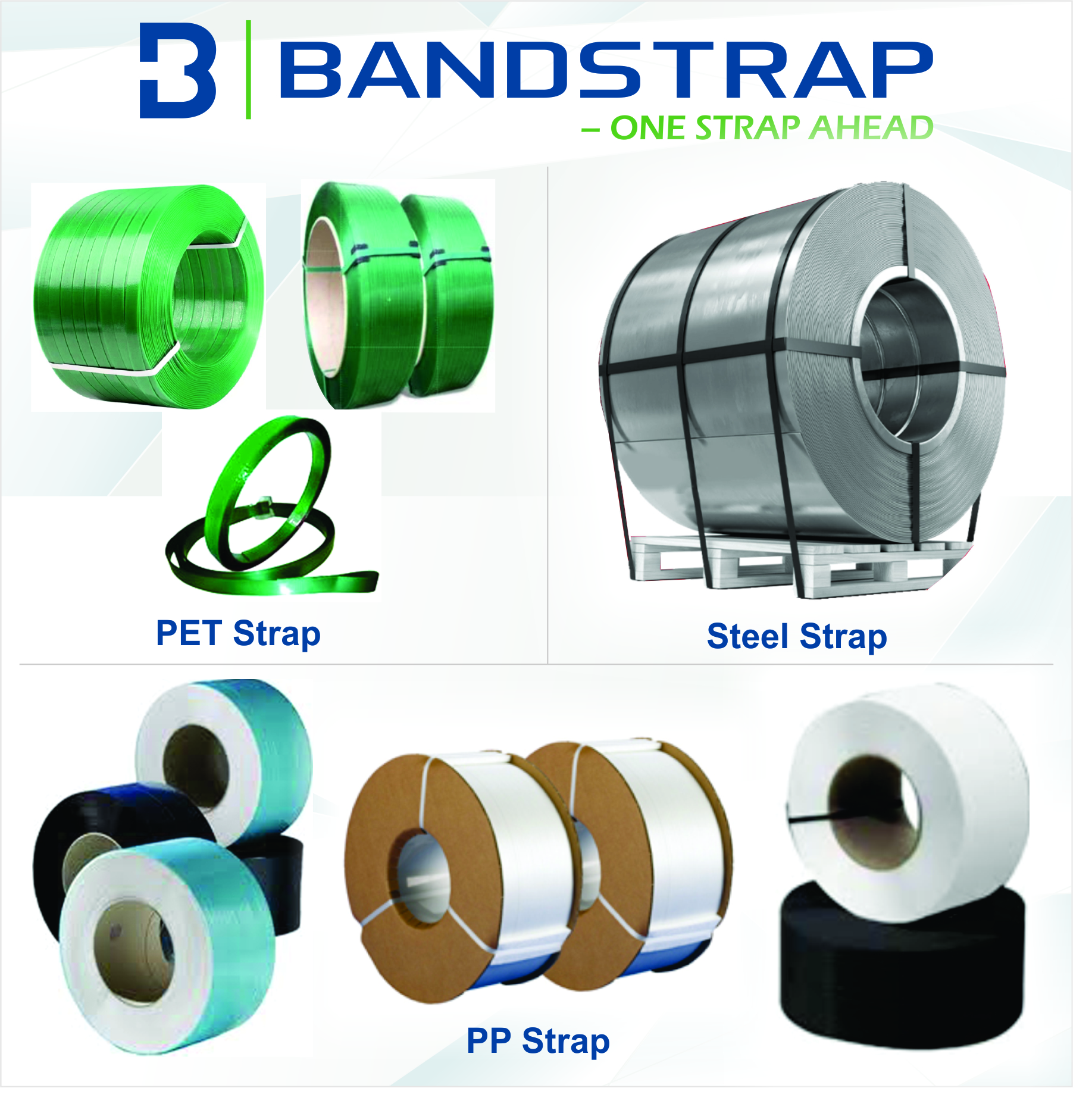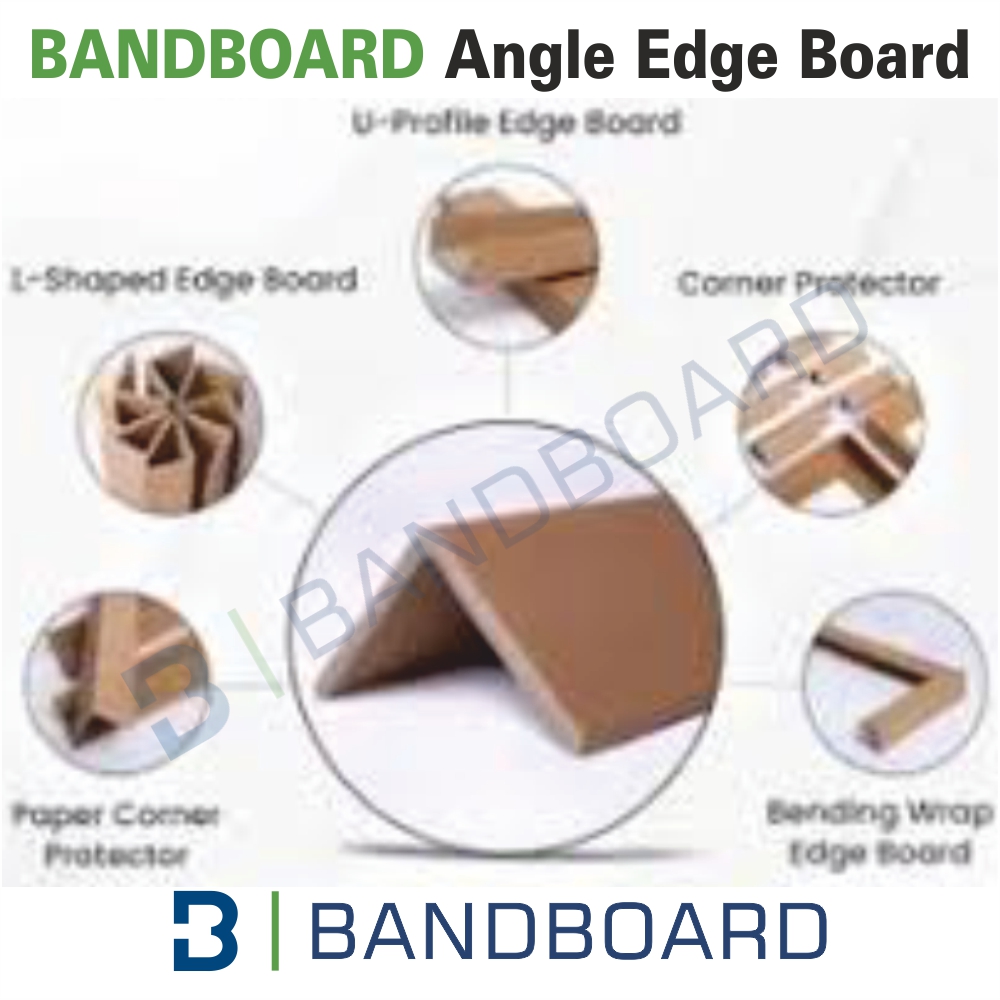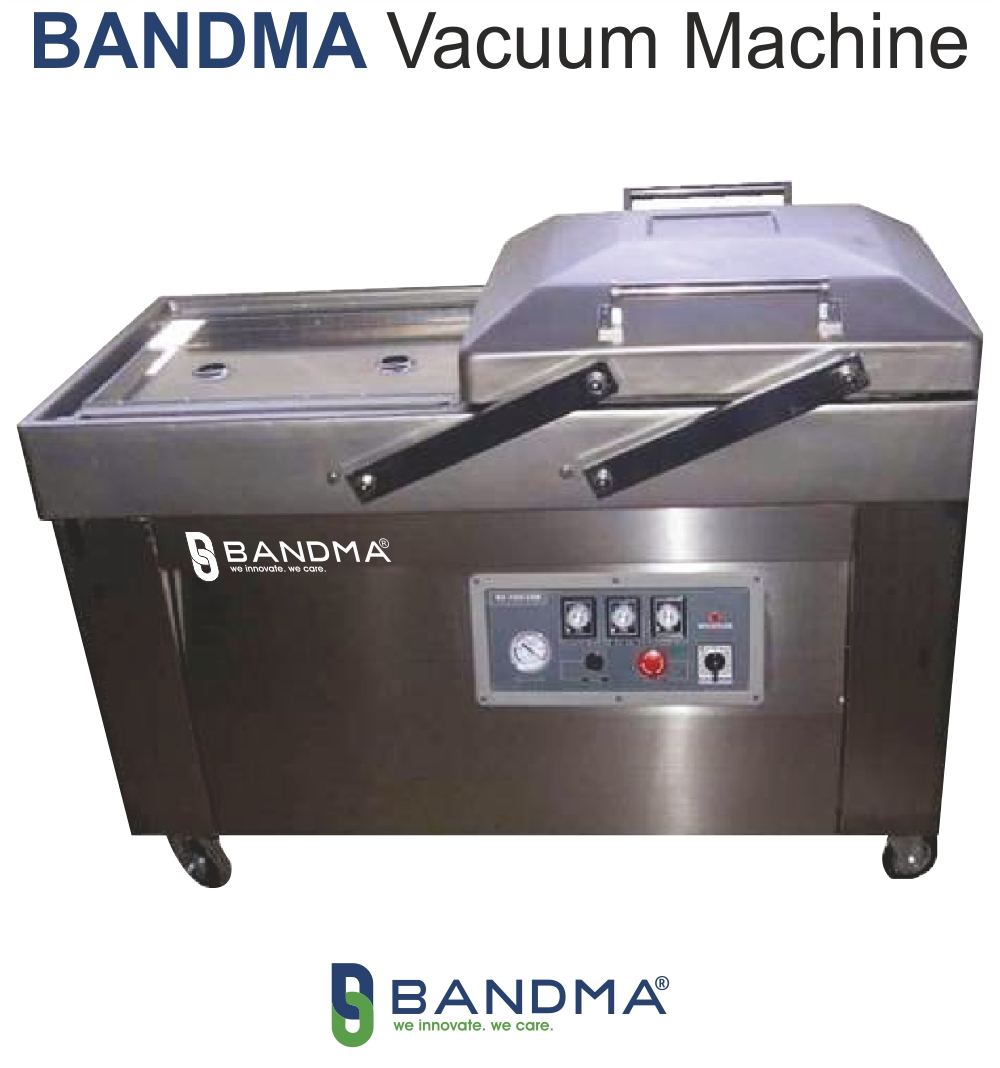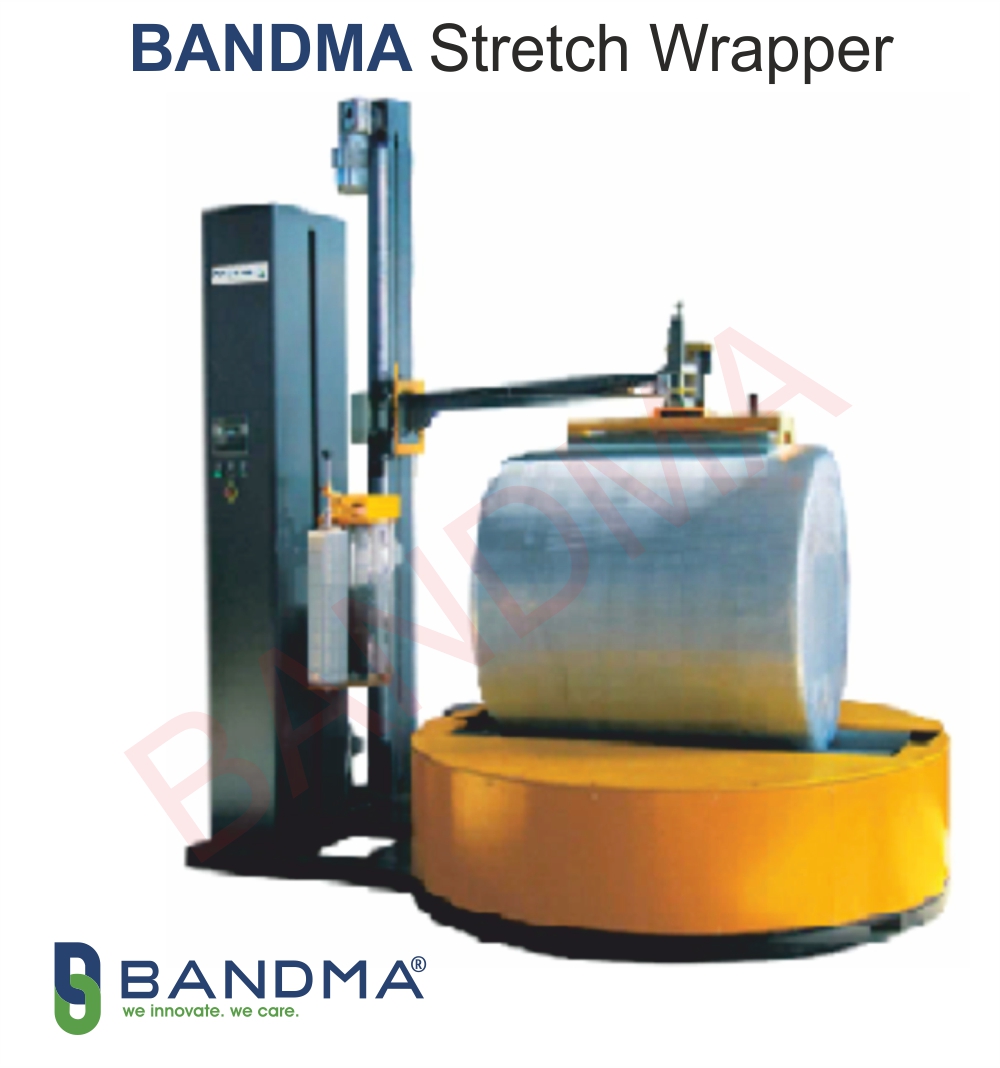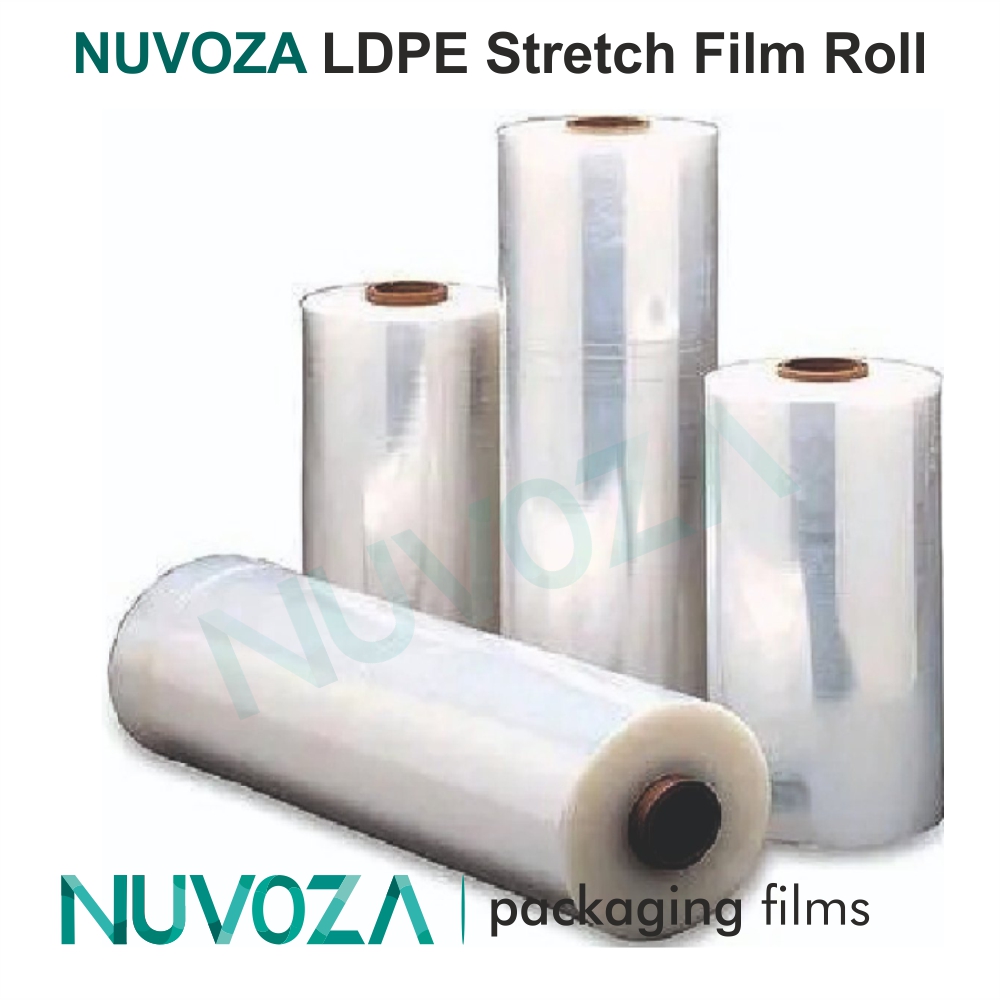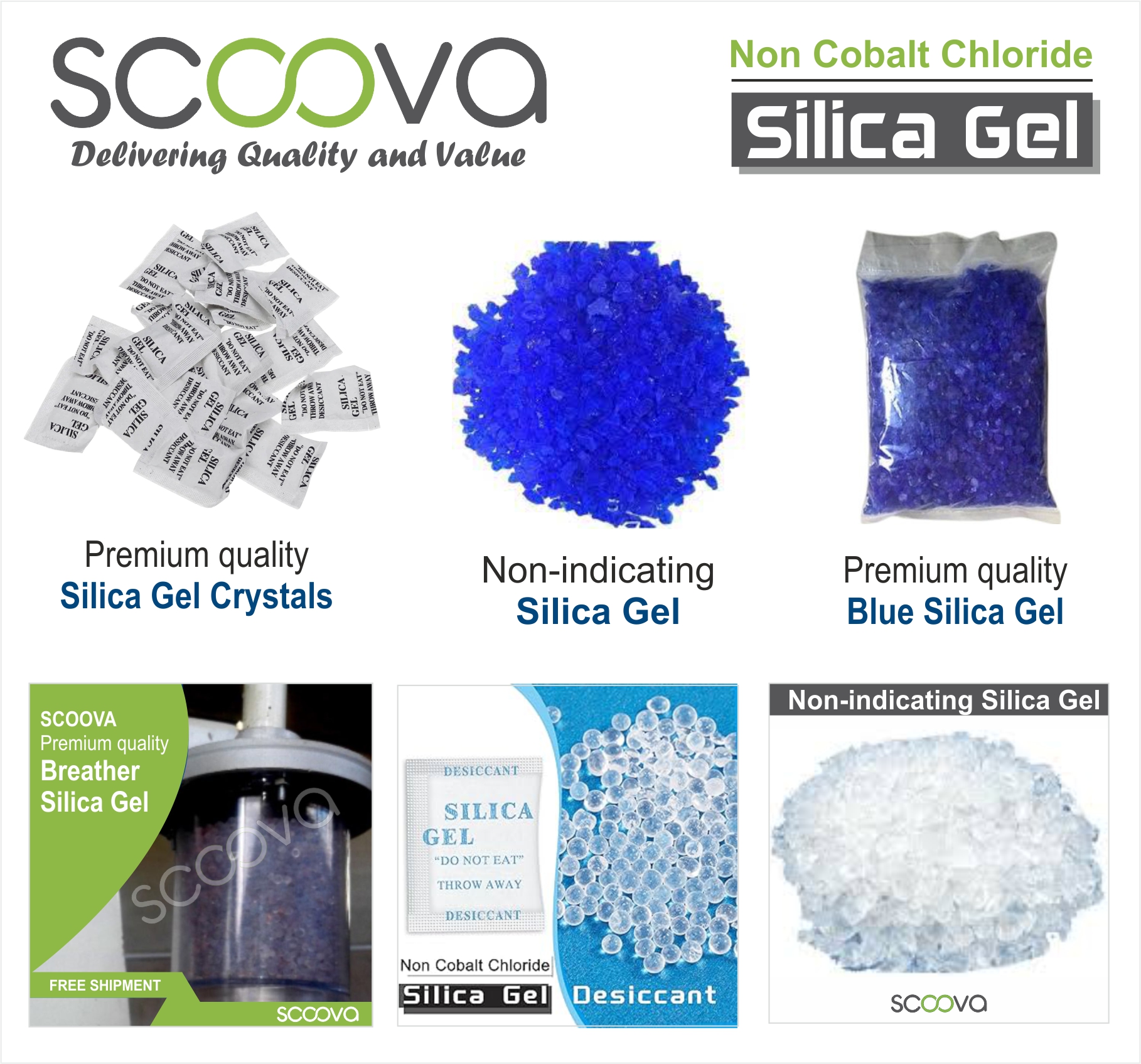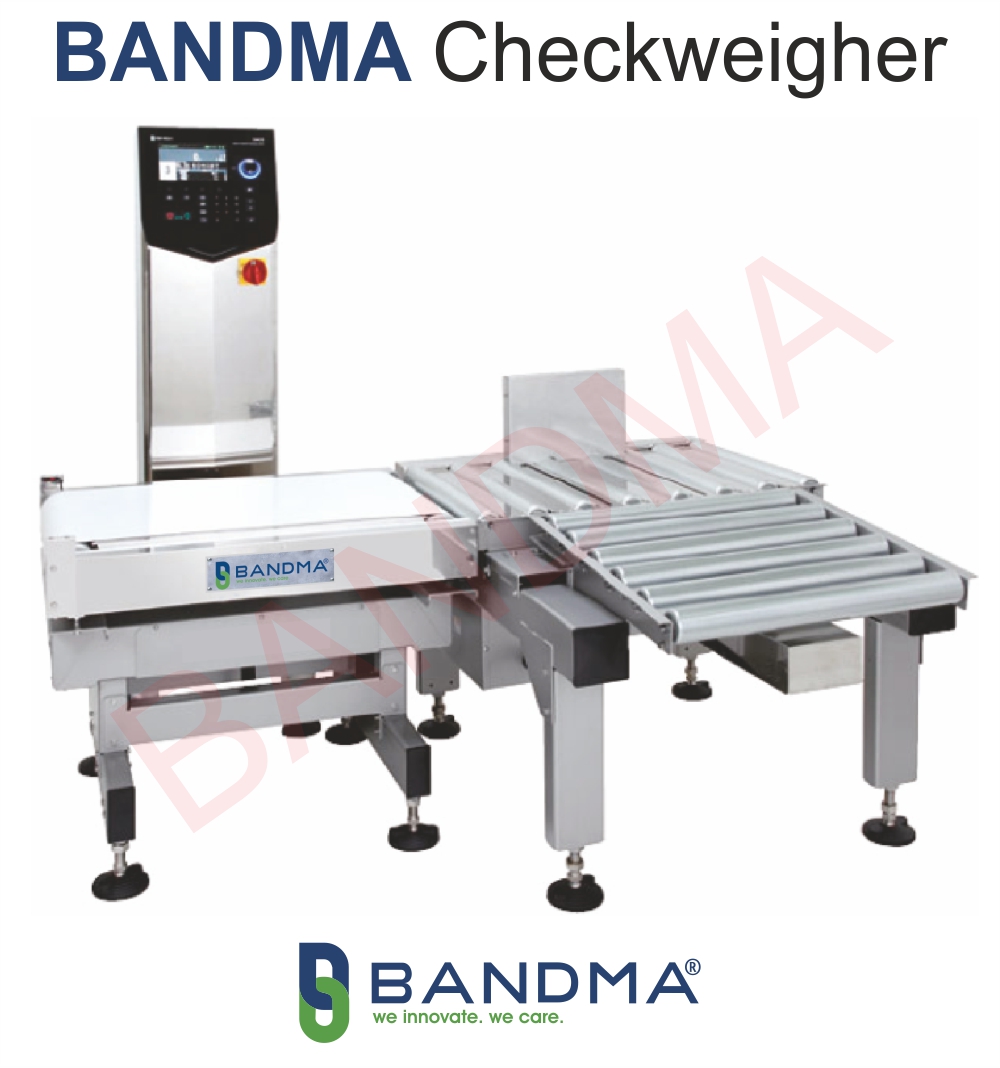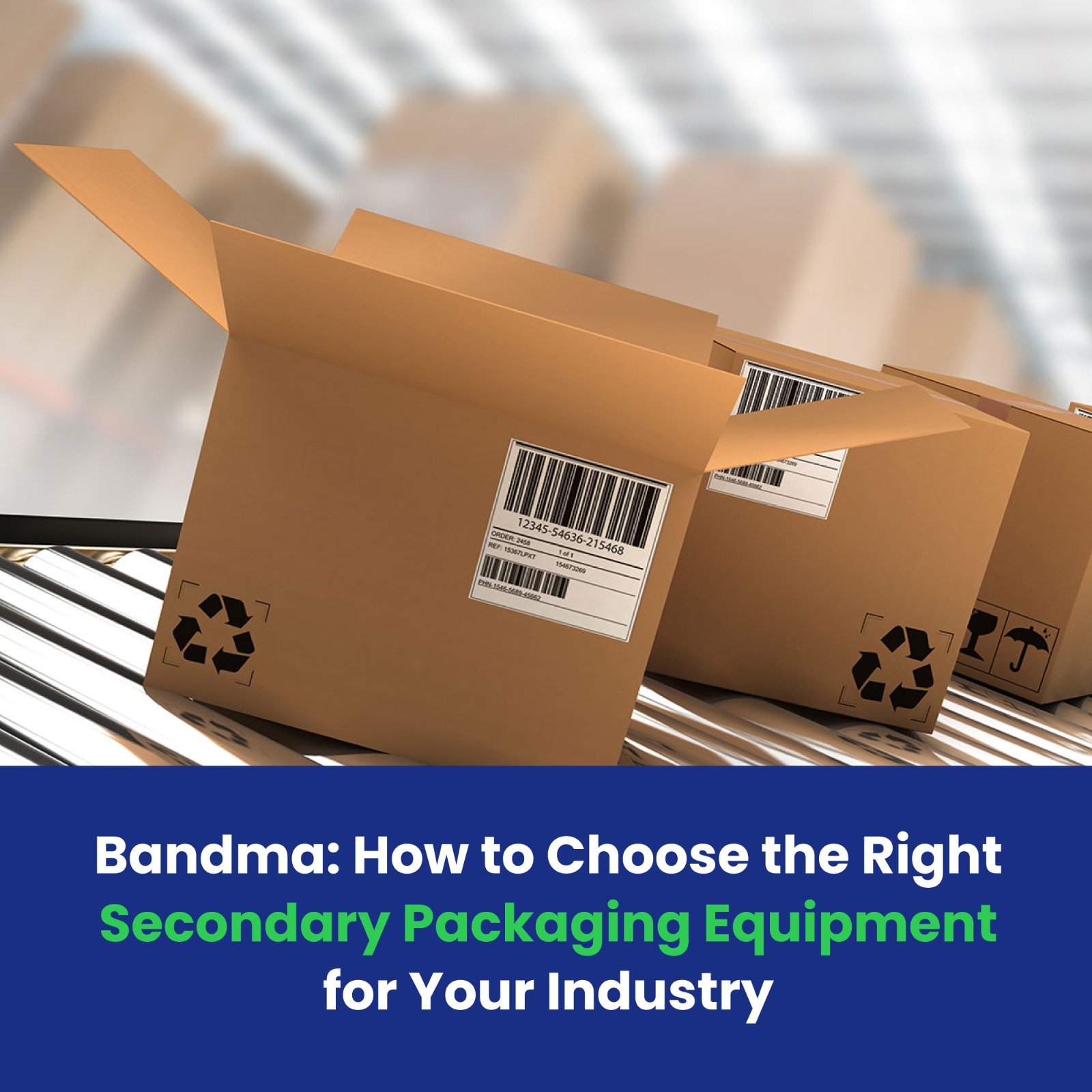Choosing the appropriate secondary packaging equipment is essential for companies trying to increase productivity, cut expenses, and guarantee product safety. Secondary packaging is essential for protecting goods during storage and transportation while simultaneously raising brand awareness. Given the wide range of packaging machines available, selecting the best equipment necessitates carefully weighing the demands of the business, packing volume, automation levels, and material compatibility.
You may make an informed choice that maximizes production and operational efficiency by using this guide to help you understand the important aspects to take into account when choosing secondary packaging equipment for your industry.
Understanding Secondary Packaging Equipment
The extra layer of packaging used to combine and safeguard goods for simpler handling, shipping, and display is known as secondary packaging. This comprises, among other things, pallet wrapping machines, shrink wrappers, carton sealers, and strapping equipment. Product type, industry standards, and operating size all influence equipment selection.
Common Types of Secondary Packaging Equipment
- Carton Sealing Machines – Automate the box-sealing procedure to guarantee efficiency and security.
- Shrink Wrapping Machines – For stability and protection, use heat to wrap items in plastic film.
- Strapping Machines – For stronger packaging, fasten goods with steel or plastic straps.
- Pallet Wrapping Machines – EUse stretch film to cover pallets to provide load stability.
- Case Erectors and Packers – Increase efficiency by automating the creation and completion of cases.
- Labeling and Coding Machines – Use packaging to display important product details for branding and tracking.
- Bundling Machines – Combine several items into one group; this is frequently done in the pharmaceutical and beverage sectors.
- Weighing and Inspection Systems – Prior to packaging, confirm that weight and quality requirements are being met.
Key Factors to Consider When Choosing Secondary Packaging Equipment
1. Industry-Specific Requirements
Each industry has unique packaging needs, and selecting the right equipment depends on compliance standards and product characteristics.
- Food & Beverage: Needs hygienic packaging options, like automated case packing and shrink wrapping.
- Pharmaceuticals: Requires adherence to safety requirements, accurate labeling, and tamper-proof seals.
- E-commerce & Retail: Requires effective branding, strapping, and carton sealing solutions for safe shipping.
- Manufacturing & Heavy-Duty Industries: For safe transportation, sturdy strapping and pallet wrapping equipment are needed.
- Electronics & Automotive: Requires strong protection solutions, foam inserts, and anti-static packaging.
2. Level of Automation
Businesses must decide between manual, semi-automatic, and fully automatic machines based on production volume and labor costs.
- Manual Equipment – Fit for startups with modest packing requirements.
- Semi-Automatic Machines – Provide a cost-efficiency balance, albeit with a requirement for operator participation.
- Fully Automatic Machines – Perfect for businesses with high volume, it increases speed and decreases reliance on labor.
3. Packaging Speed & Efficiency
The right packaging machine should align with production speed and demand. High-speed machines improve throughput, reduce bottlenecks, and enhance overall efficiency. When selecting equipment, assess:
- Cycle time – The maximum number of packages the system can process in a minute or hour.
- Changeover time – How quickly machines can transition between various packing arrangements.
- Error rates – The machine's accuracy and consistency in packaging.
4. Material Compatibility
Ensure that the packaging equipment supports the materials used in your industry. For instance:
- Shrink Wrappers – Suitable for films made of polyethylene, polyolefin, and PVC.
- Strapping Machines – These machines can handle steel, PP, and PET straps.
- Carton Sealers – Utilize various tape types and box sizes.
- Eco-friendly Packaging Solutions – Use recyclable or biodegradable materials to ensure sustainability.
5. Space and Layout Considerations
Prior to making an equipment purchase, evaluate the available floor space and layout restrictions. Space use is optimized by modular systems or compact designs.
- The footprint and placement of the equipment can be ascertained by performing a layout analysis.
- Integration with current manufacturing and conveyor lines.
- Operation and maintenance accessibility.
6. Cost and Return on Investment (ROI)
Even while upfront expenses are crucial, take into account long-term ROI, which includes:
- Lower personnel costs.
- Better uniformity in packing.
- Reduced waste of materials.
- A quicker turnaround.
- Higher production capacity as a result of improved operational efficiency.
7. Integration with Existing Systems
Verify that the chosen equipment works in unison with the production lines, conveyor systems, and warehouse management systems that are currently in place. IoT capabilities are frequently included in modern packaging machines to provide real-time data analysis and monitoring, enhancing productivity and predictive maintenance.
8. Maintenance and Support
To reduce downtime, it is important to take into account easy maintenance, spare component availability, and dependable after-sales service. For simpler troubleshooting, look for equipment with:.
- Self-diagnostic features To make troubleshooting simpler.
- Low-maintenance components to lessen interruptions to operations.
- Availability of remote assistance to resolve problems more quickly.
9. Compliance with Industry Standards
Different industries require compliance with packaging regulations such as:
- Food & Drug Administration (FDA) for packaging pharmaceuticals and food.
- ISO & CE certifications for international standards of quality and safety.
- EPR (Extended Producer Responsibility) regulations for environmentally friendly packing options.
Future Trends in Secondary Packaging Equipment
1. Smart Packaging & Industry 4.0
Secondary packaging procedures are being revolutionized by the emergence of smart packaging, which uses AI-driven predictive maintenance, automated changes, and data analytics.
2. Sustainable Packaging Solutions
To lessen their influence on the environment, many companies are switching to energy-efficient equipment, reusable packaging, and biodegradable films.
3. Robotics & AI Integration
Secondary packaging machines with advanced robotics are becoming faster, more accurate, and more flexible, which makes packaging more intelligent and sensitive to market demands.
Conclusion
A strategic choice that affects operational effectiveness, product safety, and overall business profitability is selecting the appropriate secondary packaging equipment. Businesses can make well-informed selections that increase productivity by evaluating industry requirements, automation levels, packaging speed, material compatibility, and cost-effectiveness.
Purchasing the appropriate packaging equipment improves supply chain performance in addition to streamlining packaging procedures. A smooth and economical packaging workflow is ensured by choosing the best secondary packaging solution, regardless of your industry—food processing, pharmaceuticals, e-commerce, or heavy-duty manufacturing.
Select the appropriate secondary packaging equipment based on your industry's requirements to maximize your packing operations right now!

